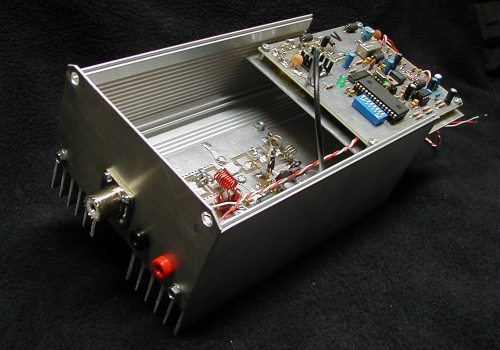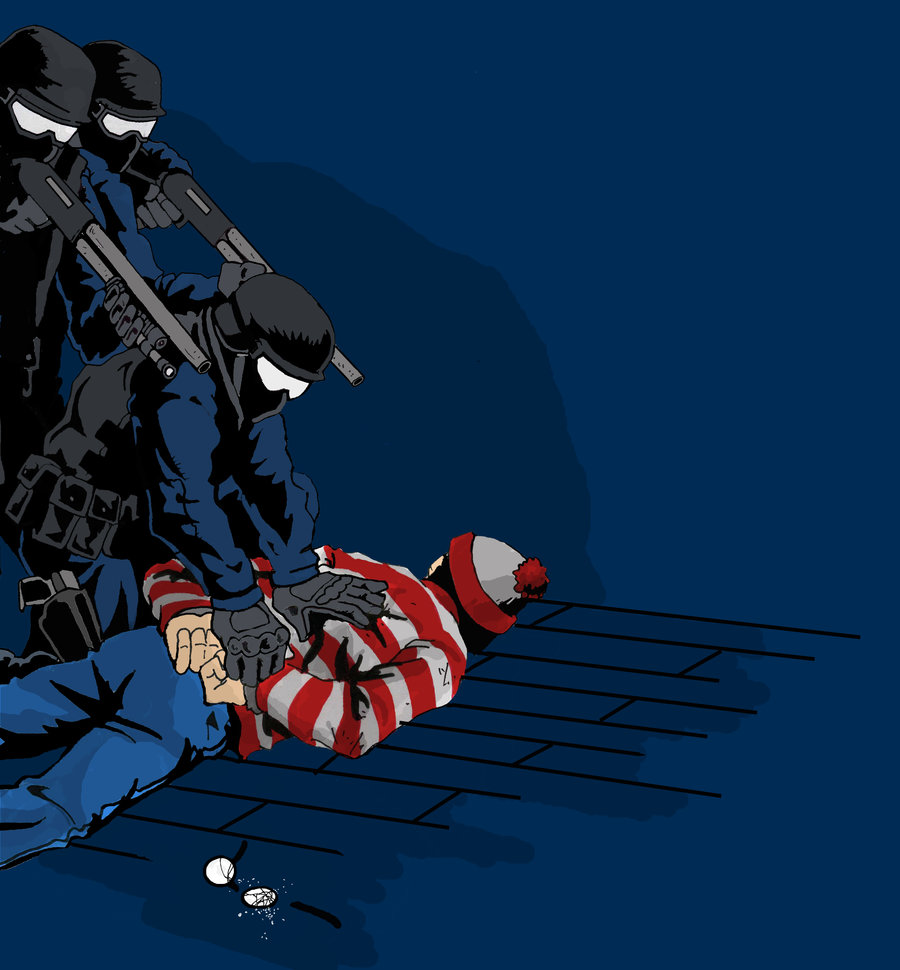
One of my favorite animated series of all time is the original 1960’s Jonny Quest. Not the bullshit 80’s “New Adventures.” Not the overly PC 90’s “Real Adventures.” It’s good ol’ guys-with-guns, jet packs, and a body count 60’s version, or nothing. Today we’d call it atompunk, but I prefer the Venture Brother‘s term “super science”. What really sets the original show apart from anything at the time, or since, is Doug Wildey‘s artwork. Wildey was a comic book artist, and transferred that stylized realistic style to the screen, where it worked fabulously.
Classic Quest fan, Chris Webber, found a posted a documentary about the origins and production of the 60’s show. I haven’t finished watching it, but from I’ve seen it’s a great piece of animation scholarship.
The film is available on YouTube in 20+ parts (first of which is after the jump), as a download from as 108(!) RapidShare downloads from Chris Webber’s site,
and as an excruciatingly slow torrent. (Guess which one I recommend?)


